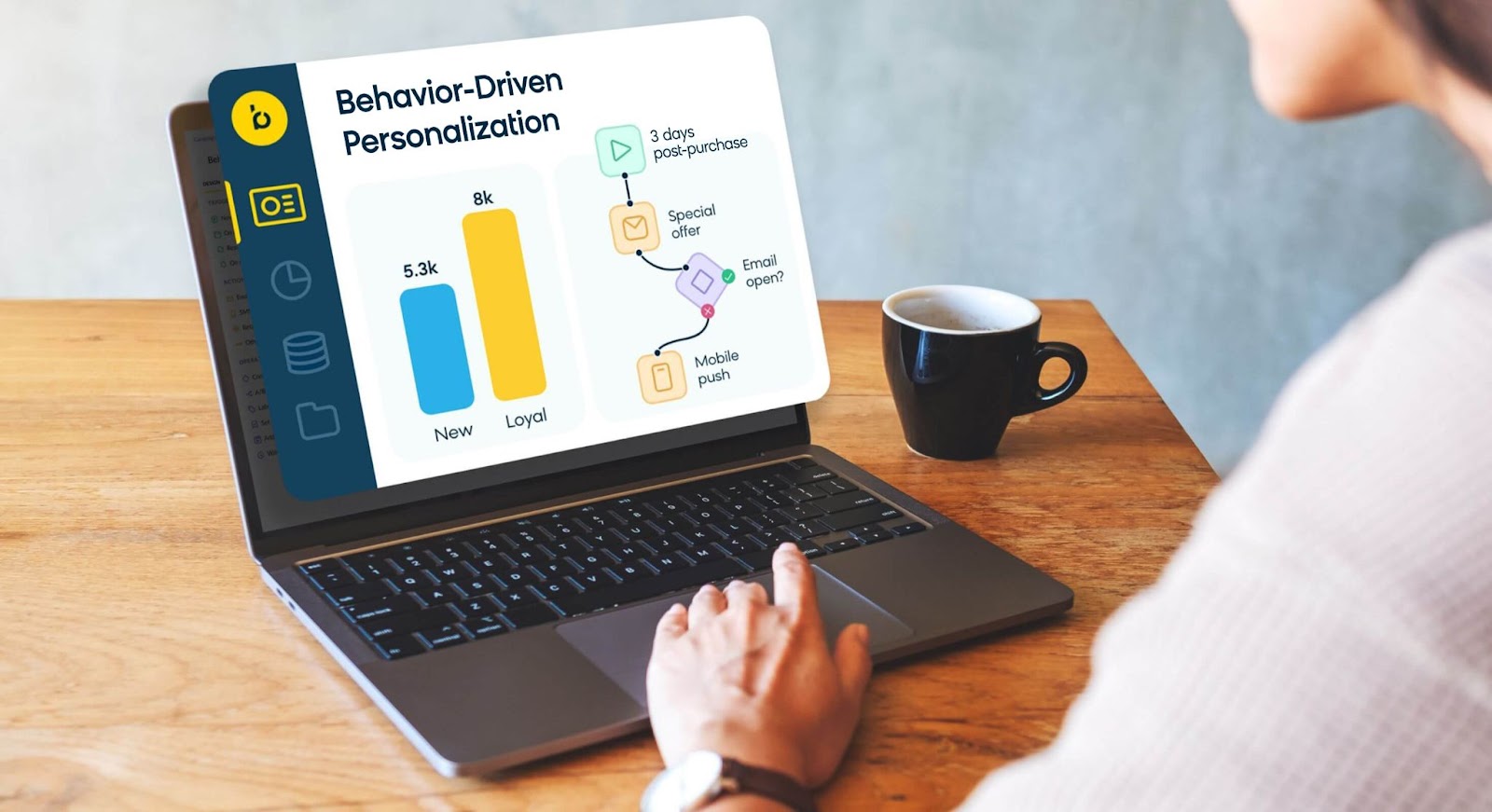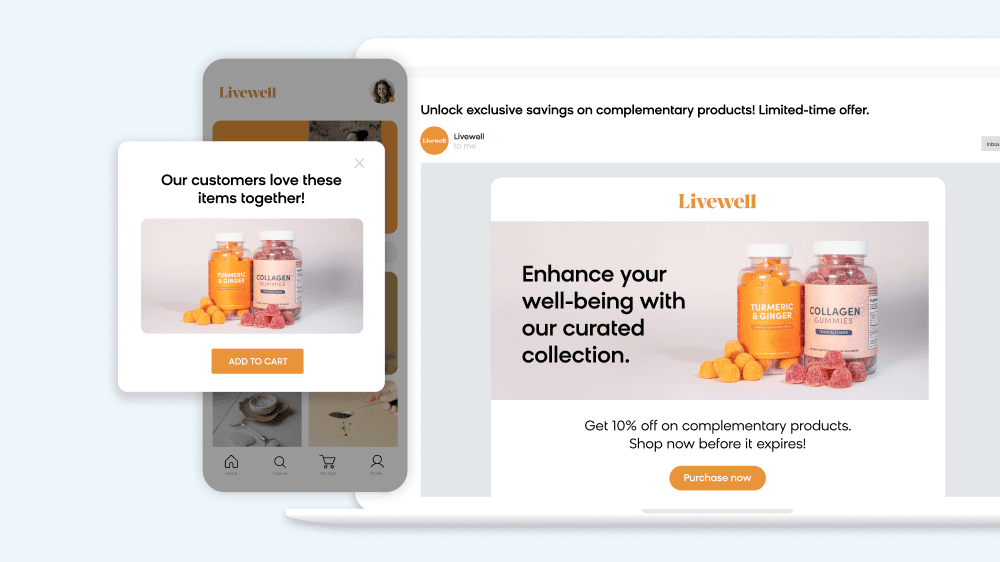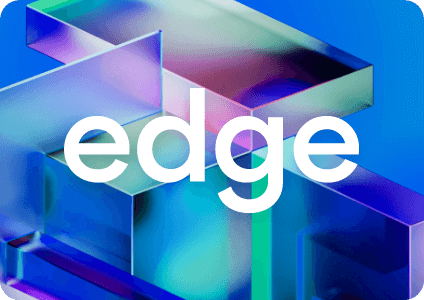Ecommerce is one of the leading adopters of artificial intelligence (AI). From product discovery to personalization, AI is driving better customer experiences every day.
But AI is only as good as the data you provide.
No wonder so many ecommerce businesses find themselves asking, “Do we have enough data to really make this work?”
You might be using AI already. Or you’ve started collecting customer behavior, product performance, and purchase history, yet something still feels incomplete. Maybe results are inconsistent, or the system isn’t adapting as quickly as you’d expect.
The real question isn’t just about how much data you have. It’s about how that data is structured, what it’s being used for, and whether your AI platform is designed to make the most of it.
In this post, we’ll show you how to assess the data you already have — and how to make it work harder for your business.
What Machine Learning Needs From Your Ecommerce Data
Every AI model starts with data, but not all data tells a useful story. In ecommerce platforms, the value of your AI depends on how well your data reflects what shoppers care about, how they behave, and what influences their decisions.
The good news? You don’t need large datasets to get started. What matters more is feeding your AI the right kind of data, the kind that shows how people interact with your catalog, how they move through your site, and how those patterns shift over time.

Let’s take a closer look at what that includes and why it matters.
Types of Data Used in Ecommerce AI
Machine learning algorithms learn by recognizing patterns, and in ecommerce, those patterns are drawn from a few key data sources: product information, customer behavior, and transaction history.
Product data includes things like names, images, prices, categories, and descriptions — core details that help the model understand what’s being sold and how it connects to shopper intent. Behavioral data reveals how users engage with your site — clicks, searches, filters, time on page, and cart activity. Transactions tell you what actually led to a purchase and help your model spot which patterns lead to conversion.
These data types typically fall into two categories: structured and unstructured.
Structured data is organized and easy to process, things like SKUs, inventory management data, or timestamps. It gives your model a solid framework to work from.
Unstructured data includes content like customer reviews, search queries, and product descriptions. While it’s harder to organize, it holds valuable nuance. Tools like natural language processing (NLP) and sentiment analysis help AI interpret unstructured data to uncover context, meaning, and intent, unlocking another layer of insight.
Together, these data types give your AI a complete view of your store and your shoppers: what you offer, how people find it, and what drives them to act.
Training Data vs. Real-Time Data
Once you know what data you’re working with, the next question is when that data matters.
AI models rely on two key inputs: training data and real-time data. Each plays a distinct role.
Training data is your historical foundation. It’s made up of past behaviors like what people searched for, viewed, or bought. These patterns help your AI learn how your customers typically shop, what products are commonly purchased together, or how behavior shifts over seasons. In some cases, it can even support forecasting, churn analysis, or predictive analytics.

Real-time data is what makes the experience feel alive. It reacts to what a shopper is doing in the moment. When someone clicks on a product, scrolls through a page, or filters for a specific brand, those actions send instant signals to your AI. This allows the system to respond immediately, whether that’s refining product recommendations, reprioritizing search results, or triggering a timely nudge.
All in all, training data shapes the intelligence behind your AI. Real-time data makes it feel personal and responsive. The most effective ecommerce machine learning setup uses both to deliver consistent, relevant experiences that evolve with every click.
Data Diversity and Relevance
What your AI learns is shaped not just by the amount of data it sees, but by the range of that data.
If your dataset only includes one type of customer, a single product category, or a narrow set of browsing behaviors, your AI will start to treat those patterns as the default. That might work…until your catalog expands, your audience shifts, or market trends change.
Diversity is what keeps your AI flexible. That includes a mix of SKUs, different traffic sources (including social media and email), varied customer journeys, and purchase behaviors. When your data reflects a wider range of real-world scenarios, your AI becomes better at recognizing intent, surfacing relevant content, and adapting to change.
With the right data science tools, even a smaller dataset can deliver strong results if it includes the right variety.
Quality Over Quantity
If your product data is inconsistent, your category labels are outdated, or your customer events aren’t clearly defined, AI can’t do much with it — no matter how much of it you’ve collected.
That’s because AI doesn’t just need data. It needs usable, high-quality input.
Data quality means product names follow a consistent format, attributes are labeled properly, and your behavioral data is tied to accurate events. This clarity helps your AI model learn faster, make better predictions, and avoid common pitfalls like irrelevant search results or off-target recommendations.
Improving structure and labeling has a bigger impact on performance than just collecting more data. With strong functionality and a clean foundation, your AI can support conversion rates, optimize content, and improve customer satisfaction.
How Data Size Impacts Different Ecommerce Use Cases
Once you understand the types of data powering your AI, the next question becomes: How much do you actually need?
The answer depends on what you’re trying to do.
Some use cases, like refining search or powering a recommendation engine, benefit from high interaction volume. Others, like customer segmentation or targeting, can start with just a few signals.

It’s not just about scale. The key is pairing the right data with models designed to use machine learning progressively and adapt in real time.
Let’s look at three common use cases.
Search Relevance and Ranking
Every time a shopper types something into your search bar, they’re expressing intent. AI uses that signal, along with product data and previous interactions, to decide what to show first.
The more it understands how people search, the better it gets at surfacing relevant results — not just matching keywords, but learning from user behavior and applying insights across your catalog. That’s true whether you’re a small business or a large ecommerce company competing with Amazon.
With Loomi AI, Bloomreach’s AI built for commerce, you get access to models already trained on over 14 years of ecommerce industry data. So even if your site has limited history, the system delivers strong performance out of the box — no complex implementation of machine learning setups required.
Personalized Product Recommendations
Recommendations are one of the most familiar — and valuable — ways ecommerce teams use machine learning. From “you may also like” to dynamic upsells, these systems rely on patterns in behavior: clicks, views, cart adds, purchases, and more.
Over time, these interactions fuel recommendation systems that feel smarter and more personalized with each visit.
Bloomreach makes this seamless by analyzing real-time behavior and applying deep learning where needed to surface relevant products across channels, whether that’s email, homepage banners, or checkout flows. You can also apply these insights to conversational experiences across your entire site to unlock a new level of personalization (and revenue).

You don’t need perfect customer profiles to start. With consistent inputs and optimization tools, recommendations get stronger with each session.
Audience Segmentation and Targeting
Even one action, like clicking on a specific product or content link, can provide enough context to create or update a segment. AI can take that signal and place a customer into a relevant journey, adapting along the way.
What makes this powerful is the feedback loop. As users continue to engage, Bloomreach updates the segment in real time, allowing for smarter marketing campaigns, retention efforts, or churn prevention — all without manual intervention.
This makes it easier to deliver the right message to the right audience, including email, SMS, chatbots, and web.
How Bloomreach Makes AI Work for Brands of All Sizes
You shouldn’t need a massive dataset or a team of data scientists to benefit from AI. At Bloomreach, we built our platform to put the power of AI into the hands of ecommerce teams, no matter their size or resources.
Whether you’re a fast-growing brand or running a lean team, we help you turn your data into real-time, personalized experiences that drive results.
Works With Mid-Size and Sparse Datasets
AI is often seen as something that only works when you’ve collected years of customer data. We built Bloomreach to change that.
Loomi AI comes pretrained with insights from over 15 years of shopping and search behavior. That means you can start delivering smarter experiences right away — even if your own dataset is still in the early stages.
As your customers interact with your site, our system learns with every session. It continuously improves, helping your brand become more relevant with each visit.
Real-Time Learning and Updates
Most AI systems update in batches, which means there’s always a delay between what your customers do and how your site responds. We take a different approach.
Bloomreach processes every search, click, and cart update as it happens, so your recommendations, rankings, and messaging always reflect what your customers care about right now.

This real-time learning helps you stay in step with changing behaviors, giving your team the ability to respond instantly and stay ahead.
Pretrained Intelligence and Out-of-the-Box Value
Getting started with AI shouldn’t feel like a heavy lift. That’s why Loomi AI comes ready with ecommerce-specific intelligence built in.
There’s no need for long setup times or complex training cycles. You can launch personalized campaigns, refine search, and optimize product discovery right out of the box — with results that get better over time.
This means your team can move faster, test ideas confidently, and focus on delivering real value to your customers.
Business-User-Friendly Data Inputs
We know that not every team has technical experts on staff. So, we built our tools to be intuitive and marketer-friendly.
Through our dashboards, you can guide how the AI behaves — boost products, apply business rules, adjust priorities, or respond to trends as they emerge. No code required.
And because you’re in control, your team can shape the experience to match your goals, without waiting for technical support or digging into raw data.
Move Forward With AI, No Matter Your Data Size
You don’t need millions of data points to start seeing results with AI. What matters more is having the right kind of data — clean, relevant, and reflective of how your customers actually shop.
With Bloomreach, you get a platform designed specifically for ecommerce. Our AI learns from every interaction, adapts in real time, and delivers value even with limited historical data.
Now’s the time to take a closer look at your current setup. See what insights you already have, and explore how Bloomreach can help turn them into smarter, more personalized experiences that drive customer loyalty and engagement.

















